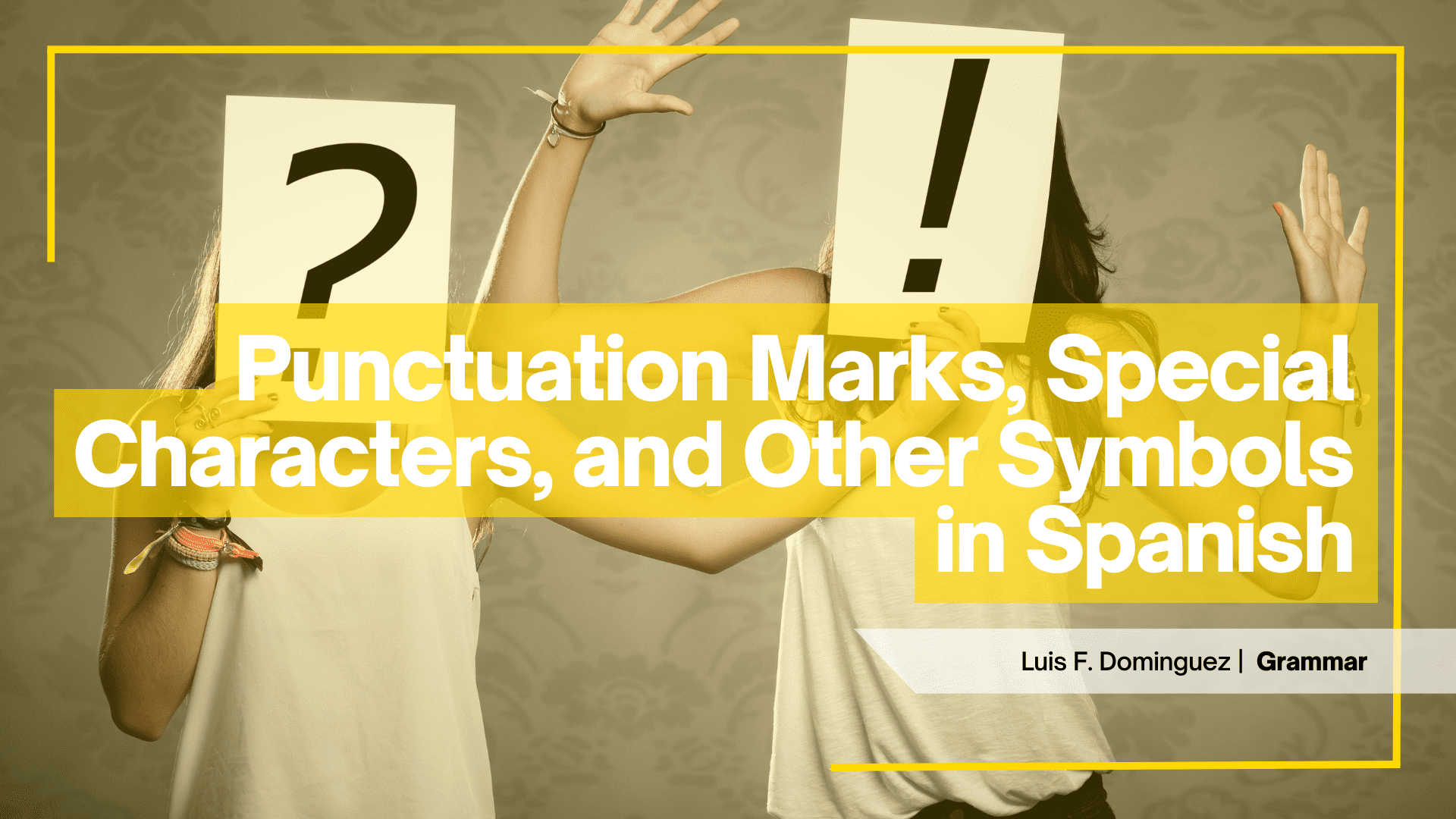
The Ultimate Guide to the Differences Between ‘Pero’ and ‘Sino’ in Spanish
The difference between pero and sino in Spanish is real, although both of these words translate to “but” in English. Many students of Spanish struggle with the distinction, and even native Spanish speakers make mistakes with the use of these conjunctions. However, it’s easy to learn when you should use pero in Spanish and when to use sino in Spanish. Don’t believe me?...Read More
A Guide to Double Negatives in Spanish
“We don’t need no education.” Pink Floyd Did you know that one of the most famous lyrics in the history of rock is grammatically incorrect? What a bummer, right? However, if Pink Floyd were a Spanish band suddenly this problem would simply go away. Why? Because in English double negatives aren’t considered correct, but we love double negatives...Read More
Ver Conjugation: Free Spanish Lesson, Exercises, and PDF
Let’s see what we can learn about ver conjugation! The Spanish verb ver means “to see,” “to view,” and “to watch.” Ver conjugation is mostly regular, although the pattern varies in the past participle, visto (“seen”), and the first-person singular present, veo (“I see”). Verbs derived from ver include prever (“to preview” or “to foresee”) and entrever (“to glimpse” or “to...Read More
Common Irregular Informal Commands in Spanish
Irregular informal commands in Spanish appear regularly in Spanish conversations. That’s why it’s essential to master the irregular tú commands in Spanish if you want to sound like a native speaker. After reading this blog post, you’ll be able to form irregular informal commands in Spanish. I’ll guide you through the process, refreshing your knowledge about the imperative mood, explaining...Read More
Dialect vs Accent: Is It a Language, Dialect, or Accent?
If I told you that I speak Mexican Spanish and European Spanish, would you say I speak two languages or two dialects? Two varieties? Or just two different accents? If you’ve found yourself confused, don’t worry. Borders between dialect vs language or dialect vs accent terms can be blurry. I remember my own confusion while studying Spanish philology. For example, Portuguese and...Read More
Bien vs Bueno: How Good is Your Spanish?
Bien vs bueno is almost as a famous dilemma as “to be or not to be.” However, it’s much less complex on a philosophical level. Simply by grasping a few elementary grammar concepts and remembering basic situations when you use one or the other, using bien vs bueno will be a piece of cake. Today, we’ll show you when to use bien and when to use bueno. Let’s explore guidelines and...Read More
How to Talk About Learning a Language in Spanish
Being able to talk about learning a language in Spanish gives you yet another way to practice your Spanish speaking skills. If you’re a Spanish learner and you want to discuss your linguistic experience of Spanish in Spanish, this blog post is ideal for you! Today, we’ll talk about how you can express yourself when trying to explain to someone the process of learning a language in...Read More
Señora vs Señorita: Who Is She?
Señora vs señorita—that is the question, when referring to women in Spanish. Really, this is one of the trickiest issues in the language, as it touches on delicate cultural assumptions. Trust me, you don’t want to mess this one up. Today, we’ll learn why the señora vs señorita debate is so important in Spanish-speaking countries, the difference between the terms, and why...Read More
How to Use the Past Participle as an Adjective in Spanish
Did you know that you can use a past participle as an adjective in Spanish? That’s just one of the many uses of past participles, and today you’ll discover how easy it is to do it. Don’t worry if you’re not sure what the past participle is or even what adjectives are. I’ll explain these terms and others that arise along the way. By the end of this post, you’ll know...Read More
